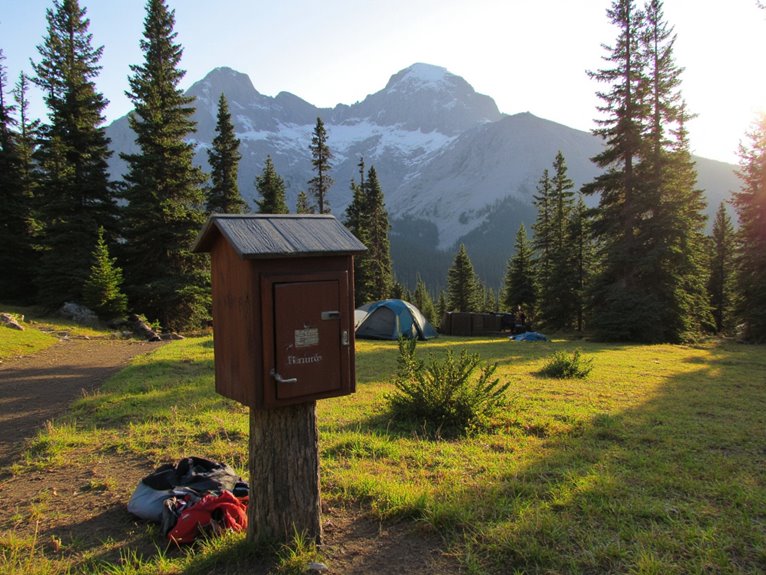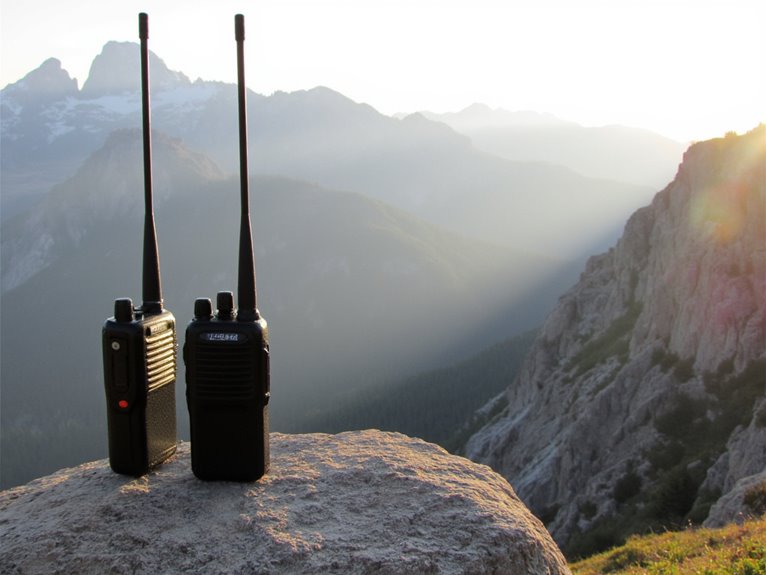Can You Take a 30L Backpack as Hand Luggage?
A 30L backpack's eligibility as hand luggage depends on its dimensions and airline policies. Generally, airlines restrict carry-on bags to 22 inches tall, 14 inches wide, and 9 inches deep. To determine if your 30L backpack meets these requirements, measure it accurately, considering protruding features and compressed state. Airline policies on hand luggage vary, so it's essential to check with your carrier for specific size and weight restrictions. Understanding these factors and packing strategically can help you make the most of your 30L backpack as hand luggage. Discover more about circumventing airline restrictions and making the most of your carry-on.
We are supported by our audience. When you purchase through links on our site, we may earn an affiliate commission, at no extra cost for you. Learn more. Last update on 7th January 2026 / Images from Amazon Product Advertising API.
Size Restrictions for Carry-On Bags
Most airlines impose strict size restrictions on carry-on bags, typically limiting them to 22 inches tall, 14 inches wide, and 9 inches deep.
These dimensions are in place to facilitate safe stowage in overhead bins and under seats.
Exceeding these limits can result in your bag being gate-checked or checked at the gate, adding to your overall travel time.
It is vital to be aware of these restrictions to avoid any inconvenience during your journey.
Checking with your airline for their specific size requirements is vital, as some may have slightly varying dimensions.
Be mindful of these restrictions when selecting a carry-on bag to guarantee a smooth and hassle-free travel experience.
Measuring Your 30L Backpack Correctly
Accurate measurement of your 30L backpack is vital to comply with airline size restrictions, and a thorough understanding of how to measure your bag correctly is essential.
To measure your backpack, start by placing it on a flat surface with the zippers and pockets closed.
Use a flexible measuring tape or ruler to measure the length, width, and height of the bag.
Record the maximum dimensions, including any protruding features like handles or wheels.
Measure the bag in its compressed state, as some airlines may not allow expansion of the bag during security checks.
Verify you measure from the outermost points of the bag, including any external pockets or compartments.
Airline Policies on Hand Luggage
Airline policies on hand luggage can be complex and varied.
Bag size restrictions apply across the board, but weight limits differ substantially from one carrier to another.
Understanding these policies is essential to ensuring your 30L backpack complies with airline regulations.
Bag Size Restrictions Apply
Airline policies on hand luggage are governed by strict size restrictions, which vary from carrier to carrier, but typically range from 20 to 24 inches in length, 14 to 16 inches in width, and 9 to 11 inches in height.
These dimensions serve as a benchmark for determining whether a bag can be carried on board or must be checked.
It's essential to check with your airline for their specific size restrictions, as some may have more stringent requirements.
For instance, some budget airlines may have smaller size limits, while premium carriers may offer more generous allowances.
Understanding these restrictions is vital to avoiding issues at security checkpoints and ensuring a smooth travel experience.
Weight Limits Vary Widely
Hand luggage weight limits, often overlooked by travelers, vary substantially across carriers, with some imposing strict maximums while others remain lenient.
For instance, some budget airlines restrict hand luggage to 8 kg (17.6 lbs), while others allow up to 23 kg (50.7 lbs) or more.
It's essential to check with your airline for specific weight limits to avoid any issues during check-in or boarding.
Failure to comply may result in your hand luggage being relegated to checked baggage, incurring additional fees or even being rejected altogether.
Be aware of these varying weight limits to guarantee a smooth travel experience.
Carry-On Size Guidelines
What constitutes an acceptable carry-on size varies substantially across airlines, with some allowing cases as large as 56 cm (22 inches) in length, while others restrict them to a mere 40 cm (15.7 inches).
It's essential to check with your airline for their specific guidelines to avoid any issues during check-in or boarding.
Some airlines, like Emirates, permit carry-ons up to 55 cm (21.7 inches) in length, while others, like Ryanair, have stricter limits of 35 cm (13.8 inches).
Be aware that these dimensions may include wheels and handles, so factor those in when measuring your backpack.
Always verify the airline's carry-on size policy to guarantee a smooth travel experience.
Factors Affecting Backpack Sizing Decisions
When selecting a backpack for use as hand luggage, several key factors come into play.
These include the traveler's size and build, the type of clothing and gear to be carried, and the airline's specific size and weight restrictions.
A traveler's size and build, for instance, may dictate the need for a larger or smaller backpack.
The type of clothing and gear to be carried also influences the required backpack size, with bulkier items like winter coats or hiking boots necessitating more space.
Finally, airline restrictions, such as maximum dimensions and weight limits, must be considered to comply.
Packing Strategies for 30L Backpacks
When packing a 30L backpack as hand luggage, adopting efficient packing strategies to maximize space and minimize bulk is crucial.
By employing techniques such as rolling clothes to save space, travelers can fit more essentials into their backpack while staying within airline size restrictions.
In this section, we will delve into practical packing strategies to help you make the most of your 30L backpack.
Efficient Packing Techniques
By employing strategic packing techniques, travelers can maximize the limited space of a 30L backpack, ensuring a comfortable and convenient journey.
A key principle is to categorize items into essentials, such as clothing, toiletries, and documents, and prioritize packing these first.
Next, allocate space according to the frequency of use, packing most-used items in easily accessible areas.
Utilize packing cubes or compression bags to compartmentalize and compress belongings, allowing for efficient use of space.
Finally, consider the 3-1-1 rule: three items of clothing, one item of footwear, and one accessory.
Rolling Clothes to Save
To further optimize the packing process, rolling clothing can be a highly effective strategy for making the most of the 30L backpack's limited space.
By rolling clothes, you can reduce wrinkles and save space by eliminating empty air pockets.
This technique allows for a more compact packing arrangement, enabling you to fit more items into your backpack.
To roll clothes effectively, start by laying a garment flat, folding the sleeves inward, and then rolling it up tightly.
This approach is particularly useful for packing bulky items like sweaters and jackets.
Alternatives to 30L Backpacks for Carry-On
For travelers seeking more compact or stylish alternatives, cabin-approved luggage options like messenger bags, duffel bags, and soft-shell cases offer a range of carry-on solutions.
These alternatives provide a more streamlined approach to carry-on luggage, allowing for effortless navigation through airport security and gate checks.
Messenger bags, with their sleek design, are ideal for carrying laptops, tablets, and other essentials.
Duffel bags, on the other hand, offer ample space for packing clothes and toiletries.
Soft-shell cases provide a versatile and lightweight option for carrying a variety of items.
Each of these alternatives offers a unique solution for travelers seeking a more convenient and stylish carry-on experience.


